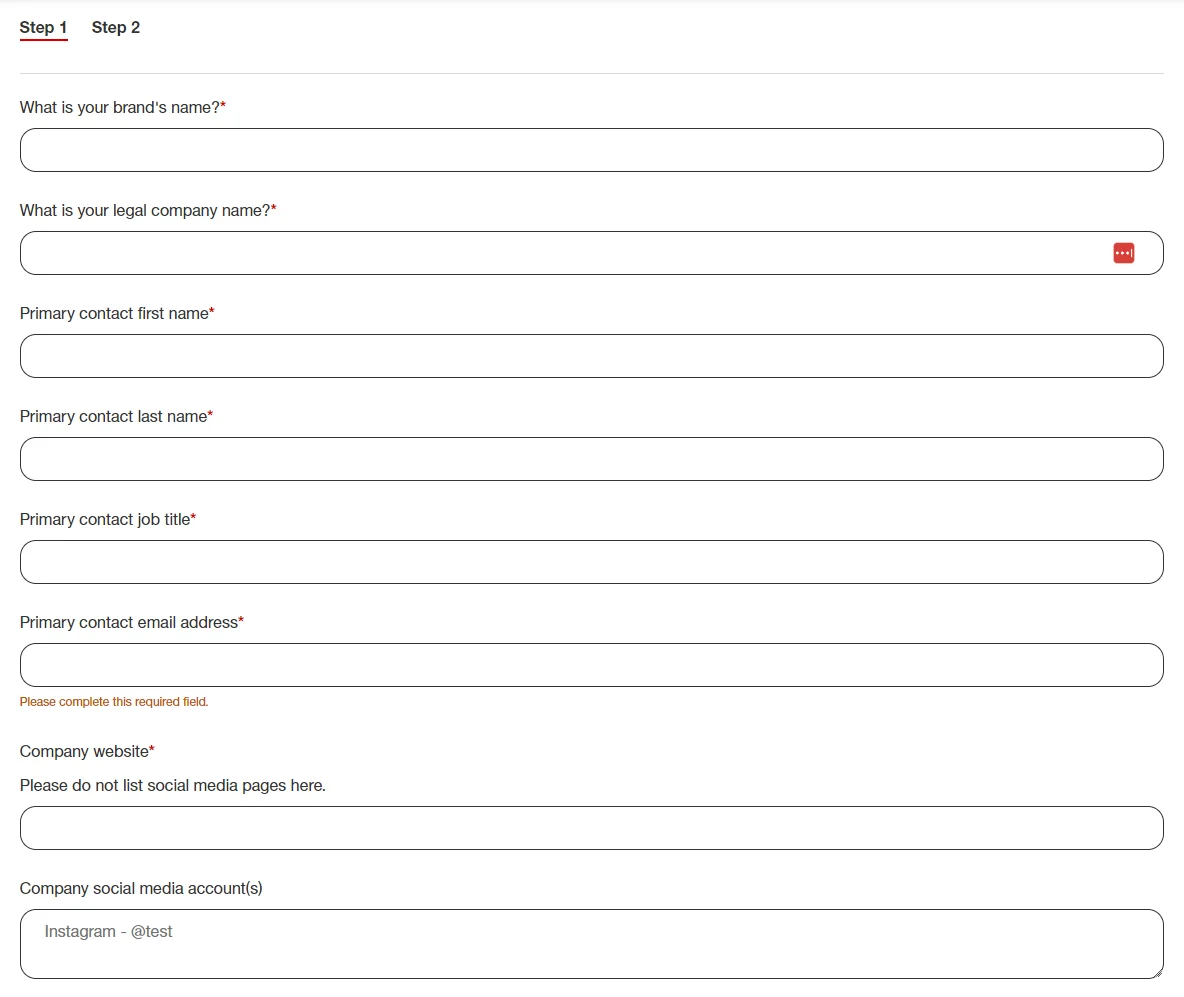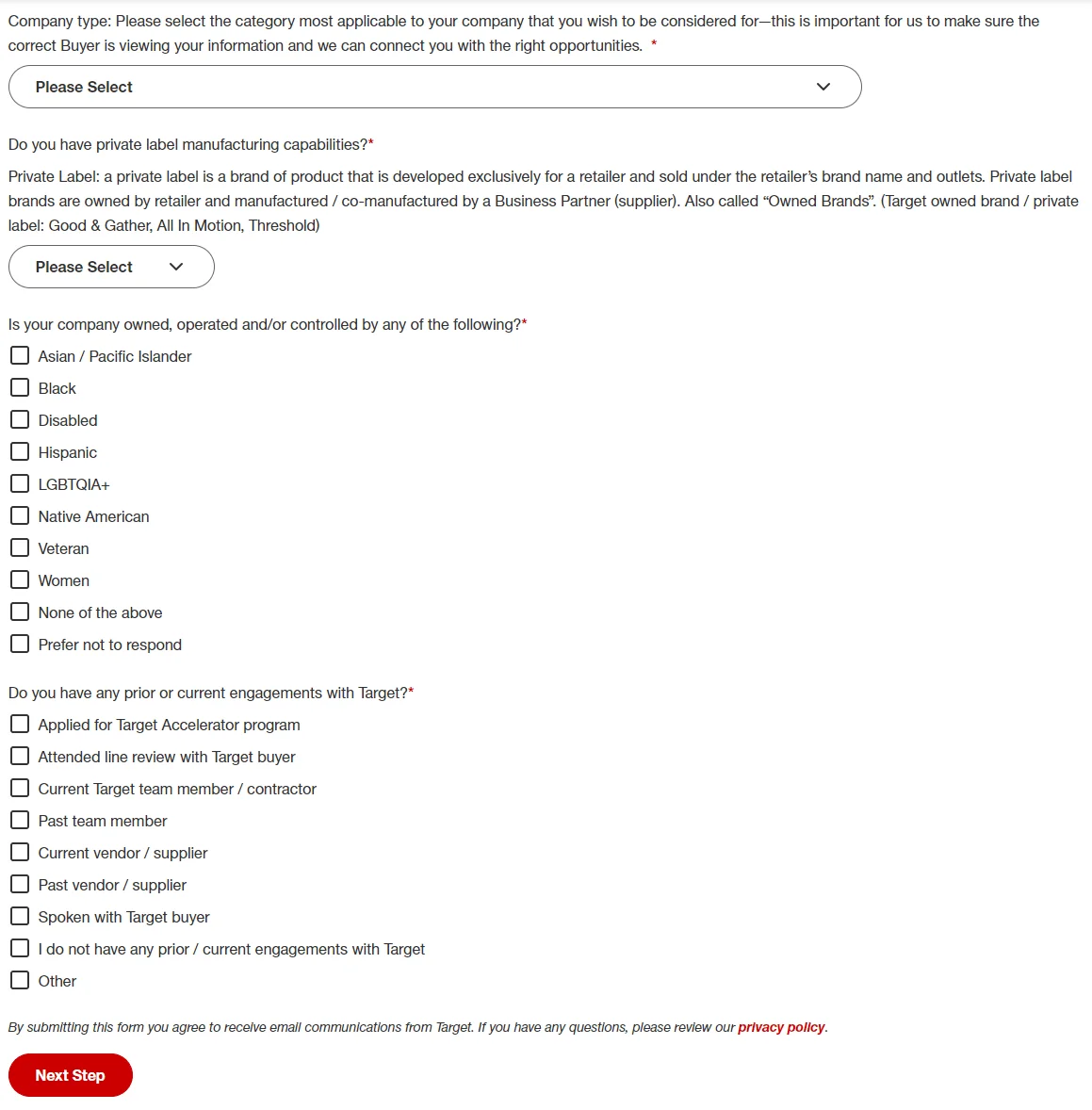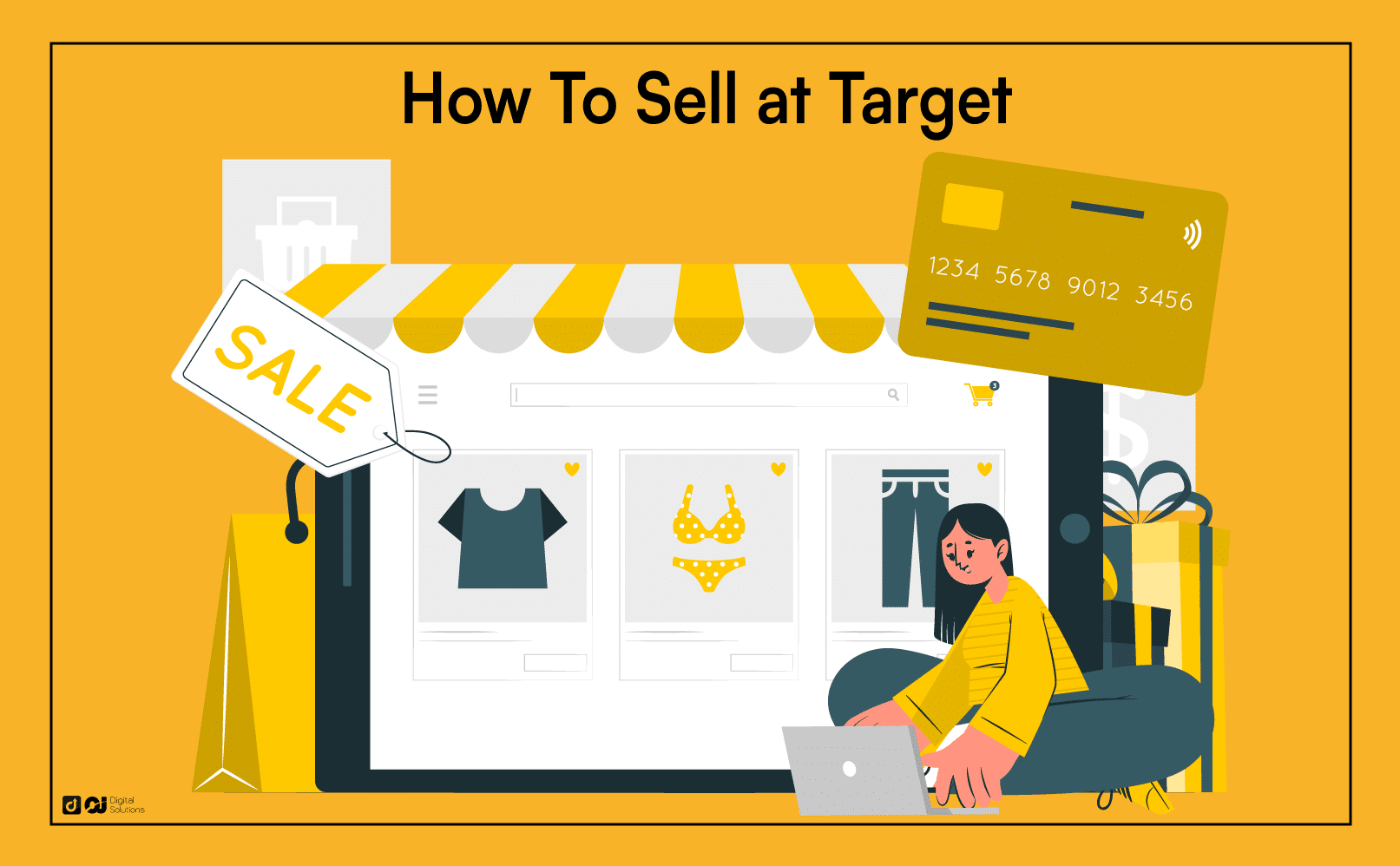Do you want to learn how to sell at Target as a small business owner?
I wrote this article to discuss how to sell at Target. You’ll learn the necessary steps and the benefits of being a Target supplier.
Let’s begin.
How To Sell At Target
Here’s how to sell at Target and have the retail chain stock your products on its lucrative shelves:
1. Assess Your Business’s Capabilities and Growth Plans.
Before visiting Target’s online portal to out an application, assess your business’s capabilities and growth plans.
Ask yourself these critical questions.
- Is there a demand for your products?
- Can you handle increased volume should Target decide to accept your products?
- Do you have solid manufacturing and supply chain capabilities?
- Do you want to sell directly to Target or license your products to a manufacturer to handle your distribution?
- Does your product have enough profit margin if you sell it to Target (after deducting packaging, marketing, distribution, and other costs)?
2. Know Target’s Rules and Eligibility Requirements for Suppliers.
Compared to other sales channels, Target has stricter requirements for its potential suppliers. The retailer is also stringent on children’s products.
Every Target supplier must meet the retailer’s safety and quality standards and third-party testing.
Third-party sellers must read Target’s Rules of Use to understand their relationship’s nature should the retailer decide to accept their products.
Target has precise requirements and guidelines on dropshipping, supplier diversity, and product sourcing and standards.
Drop shipping on Target
What is dropshipping, and how does it work?
Dropshipping is an order fulfillment option allowing ecommerce companies to outsource shipping, storing, and procurement of products to third-party sellers and large retailers.
Your business must have the following capabilities to meet Target’s dropshipping requirements.
- Work with all carriers and shipping services.
- Fulfill orders within 24 hours.
- Send and receive electronic data interchange documents (e.g., electronic funds transfer) promptly.
- Have a dedicated resource for day-to-day operations and management.
- Have a Target packing slip for every product shipment.
Diverse Suppliers
Target’s diversity and inclusion programs mean the company is committed to working with, investing in, and sharing expertise with companies that are at least 51% owned or operated by marginalized groups.
Here are some of these groups.
- Persons with disabilities
- Women
- LGBTQ+,
- Indigenous people
If you’re a business owner who fits these categories, you may qualify for Target’s Supplier Diversity programs and initiatives.
Product Sourcing and Standards
Every Target supplier must meet rigorous quality standards and practice transparency, informing the retailer where they source and manufacture their products.
Target can audit and investigate at any time to ensure suppliers meet the following standards.
- Wastewater management
- Quality assurance standards
- Fair labor practices (No practices that exploit workers.)
- Product safety
- Lawful and ethical business practices
- Certain social compliance standards
3. Prepare Business Documents.
As a Target vendor, you must provide the retail company proof of business registration and insurance before they consider your application.
All Target suppliers have to insure their business to protect their assets against liability claims and property damage.
4. Set Up Electronic Funds Transfer.
Target pays third-party sellers via EFT, meaning you must open a business bank account.
You may also have to provide your routing and account numbers to their accounts payable department.
If you’re a domestic partner, Target won’t allow you to join as a vendor if you don’t have electronic funds transfer capabilities.
5. Set Up an Electronic Data Interchange Payment.
EDI is a type of electronic payment that allows businesses to exchange payment data, exchange purchase orders, and manage inventory using a standard and secure format.
6. Get GS1 Codes.
Target and other major retailers require GS1 UPC barcodes that make products easy to find, trace, and buy.
Consider GS1 codes as a digital language communicating trusted data across the supply chain.
GS1 UPC barcodes include global trade item number or GTIN, universal product code or UPC, and GS1 company prefix.
Here’s an example.

7. Pitch Your Product to Target.
You can present your product to Target or hire a retail broker to do it for you.
Working with a representative with a personal relationship with the retailer or industry knowledge can increase your success rate but comes with a cost.
Commission rates vary significantly from broker to broker, but most charge around 5% to represent a vendor to Target.
Ensure you can demonstrate these elements when preparing your pitch.
- Copyrights and patents
- Product testing
- Target’s requirements and standards to vendors
- Financial statements like sales, cash flow, and more
- Social media platforms, online branding, email lists, and other digital assets to maintain good public relations
- Attendance at trade shows
8. Complete Target’s Supplier Intake Form.
Complete the Supplier Intake Form on Target’s website to start the online application process.


However, contacting one of Target’s retail buyers before submitting your paperwork is ideal. Your goal is to establish a contact to increase your success rate.
What Are Target’s Vendor Requirements?

I’ve outlined the steps you must take to become a Target vendor. However, understanding what Target requires from its vendors is crucial before you even start the application process.
Here are the requirements you must demonstrate as a target vendor:
- High-quality products
Target is popular because of its products’ quality. Thus, you must show Target your products meet the company’s quality standards.
Remember, as a vendor, the quality of your products reflects on Target. Selling a poorly made product can negatively affect Target’s reputation.
- Affordable pricing
Customers love shopping at Target because of the affordable prices of many of the brands. Besides quality, you must show that your products are affordable and in line with Target’s competitive pricing policies.
- Excellent customer service
Target always provides an amazing customer experience, requiring their vendors to do the same. As a vendor, you must always respond to customer concerns or complaints and resolve issues quickly.
- Product safety and compliance
Regardless of what you sell, you must adhere to Target’s safety and compliance requirements for your product’s ingredients or materials, labels, packaging, and other elements relevant to your product type.
- Strong supply network
According to Target statistics, Target has over 1,900 stores in all 50 states. Thus, Target has an extensive supplier network to ensure they meet customer demands consistently.
To be a Target vendor, you must show that you have a solid supply network that can meet the needs of the retailer’s millions of customers daily.
Why Should I Sell at Target?
Creating an Amazon merchant account to sell products online is easy.
Meanwhile, as one of the most popular big box retailers, Target has a more rigorous vetting process.
However, having your products on their shelves can help expand your business’s geographical reach and boost your credibility.
According to the National Retail Federation 2021 report, Target ranked seventh on the list of the biggest US retailers, generating around $92.40 billion in sales worldwide.
Target is one of the most popular retail chains in the US.
Aside from expanding your geographical reach, selling your products on Target means more considerable cash flow as big retailers always buy in bulk.
To sell your products at Target, you must prove your offerings are worth being in Target stores.
You must also be able to demonstrate solid manufacturing and supply chain capabilities.
What Are the Benefits of Being a Target Supplier?
Despite the prevalence of eCommerce platforms and concerns that consumers are spending less, big box stores such as Target still experience considerable sales growth, a trend that’s expected to continue in the coming years.
Here are some of the notable benefits of being a Target supplier.
- Consumers are spending more per visit in big boxes than online.
- Most retail purchases in the US are in-store.
- Most consumers want to touch or try a product before making a purchase.
- Retail stores have a more straightforward return process than online channels. Some customers also prefer face-to-face service.
- People are more likely to make an impulse buy in retail stores than on eCommerce platforms.
- Big boxes provide instant gratification because shoppers can buy and try products immediately.
- Target stores allow shoppers to discover your products. By contrast, online shoppers are more deliberate when buying things.
- Target is a huge retailer, meaning suppliers can expand their geographical reach.
- Suppliers can benefit from Target’s strong brand and marketing strategies.
The Bottom Line
I hope my advice made it easier for you to understand how to sell your products at Target.
Use the information you learned in my article to be a successful Target supplier, increase your profits, and expand your geographical reach.
Reach Target’s merchandising contact via email if you want to clarify the application process further.




